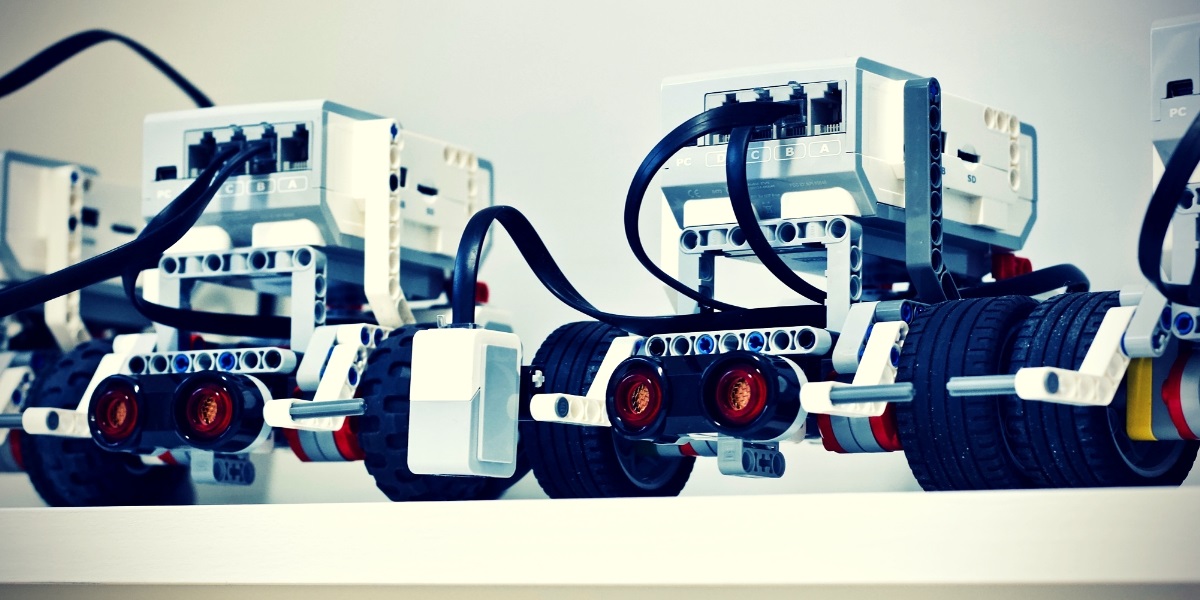Soft robots are most talked about in the fields of prosthetics and rehabilitation. The use of soft materials for creating robots has driven many new applications in many new fields. Some of the robots now being used are in the biomedical field, robots are being used for rescue and many such other innovative applications. The best part about soft robots is that they are bringing an innovative and novel approach to help humans in different environments. We attempted to glean some information on some innovative applications in which soft robots can be used and we present it below for you.
Soft robots are made of malleable soft materials. They differ in the method of construction and are designed to perform starkly different functions than their industrial counterparts. Soft robots have just made an advent into the world recently, but their growth rate and applications in different fields are being predicted as disruptive.
Soft Robots: Current technological Status
The innovation of soft robots has changed the basic assumptions about the first kind of rigid robots that were and still are being made. The advent of soft robots has opened a whole new array of robot designs, actuation and control. They also seem to signal a radical change in the technology of building robots of the future.
When discussing soft robots, there are two approaches to building them. In the first approach, the robots that are built have rigid links but the control system is designed in such a manner that their stiffness is controlled according to the forces that the user of the robot applies.
In the second approach, the robots are themselves made of soft materials and they undergo a lot of deformations during any kind of interaction that involves these materials. The architecture of the control systems can be simplified to a large extent as a part of the control lies embedded in the morphology of the material itself.
Innovative Applications for Soft Robots
Many new applications for soft robots have come about. However, there are some that are more commercially significant than others.
#1: Robots that can climb
These robots can reach where humans cannot and that makes them particularly interesting. They have the potential to be used at great heights for conducting inspections, maintenance work in high-rise buildings and even search and rescue missions. Some climbing robots are designed to bend when they move, just like caterpillars. These kinds of robots are particularly helpful in climbing walls of high structures.
#2: Robots that can be worn
Biomimetic devices include robots that can help patients while they are recovering from injury and undergoing physical rehabilitation. These robots mimic the natural movement of the patient’s body wherever placed. This helps the patient to regain normal motor movements if they have been affected due to an accident.
This type of soft robots is proving to be of great assistance to patients that have suffered a stroke and survived only to live with hemiparesis. A soft robot that can be used at home hand rehabilitation is improving the quality of rehabilitation therapy. It is low costing and significantly improves the patient’s ability to perform daily living activities without hindrance.
#3: Robotic Muscles
Robotic muscles are being developed in the most innovative ways that are possible. One method draws inspiration from Origami (Japanese art of folding paper into different shapes). One folded structure of the robotic muscle is designed to lift as much as 1000 times its weight. These muscles can be scaled from a few millimetres to up to a meter in length.
#4: Robots that can be eaten
They are not dishes that can be eaten. Edible robots are meant to deliver medicine safely at different locations inside the body when ingested. These soft robots were invented by a group of school students from Philadelphia as part of a soft robotics competition.
#5: Robots that can be used as missing extremities
Missing limbs or digital extremities can be replaced by soft robots that are designed to perform al the functions of the missing arm or limb or digital extremities. Soft robots often find a place at the end of prosthetic arms as they enable a more accurate, precise and firm grasp of objects.
#6: Cardiac Simulator
In a country like the USA, the probability of developing heart failure in a lifetime is about 20 per cent. The current treatment involves implantation of a ventricular assist device that helps to associate with the wearer’s thromboembolic events, infections, immune system reactions, etc. Now, a bench-top cardiac simulator coupled with a direct cardiac compression device contracts in phase with the wearer’s heartbeat. This soft robot is implanted surrounding the heart and works to compress and relax the heart during the ejection and relaxation phases.
Advantages of soft robots include features that make them safe to use (they do not have sharp edges) and increased flexibility. From medical technologies to distribution and warehouse management, soft robots have uses across many industries.


